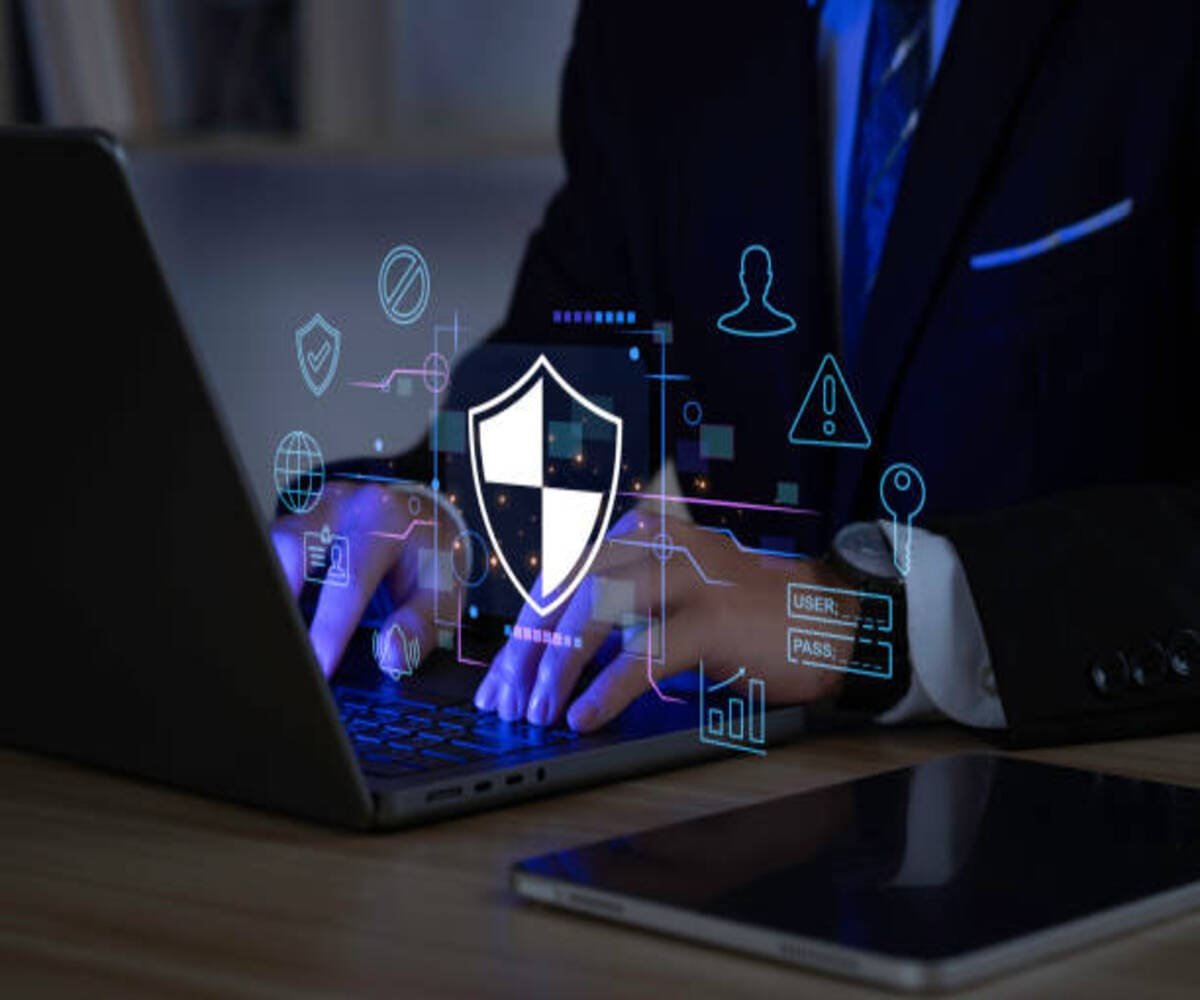Cyber Threat Intelligence: A Learning Guide for IT and Security Professionals
Introduction
Cyber threats are evolving rapidly, making Cyber Threat Intelligence (CTI) a critical aspect of cybersecurity. Organizations must proactively identify, assess, and mitigate threats before they cause damage. This guide provides a structured learning approach for professionals to understand Cyber Threat Intelligence, its methodologies, and best practices.
Learning Objectives
- Understand Fundamentals: Learn about threat intelligence concepts, types, and lifecycle.
- Explore Intelligence Gathering Methods: Gain insights into open-source intelligence (OSINT), technical intelligence (TECHINT), and human intelligence (HUMINT).
- Identify Cyber Threat Actors & Attack Vectors: Recognize different threat actors, their motivations, and common attack techniques.
- Learn Threat Intelligence Frameworks: Understand MITRE ATT&CK, the Cyber Kill Chain, and the Diamond Model.
- Implement Best Practices for Threat Intelligence: Develop expertise in threat analysis, risk mitigation, and security automation.
- Prepare for Certifications: Get insights into industry-recognized certifications like Certified Threat Intelligence Analyst (CTIA), GIAC Cyber Threat Intelligence (GCTI), and CEH (Certified Ethical Hacker).
1. Understanding Fundamentals
a. What is it ?
- Definition and importance in cybersecurity
- Role of threat intelligence in proactive defense
b. Types of Threat Intelligence
- Strategic Intelligence – High-level insights for executives
- Tactical Intelligence – Specific techniques used by attackers
- Operational Intelligence – Real-time analysis of active threats
- Technical Intelligence – Indicators of compromise (IOCs) and attack signatures
c. The Threat Intelligence Lifecycle
- Planning & Direction – Setting intelligence objectives
- Collection – Gathering data from various sources
- Processing & Analysis – Transforming raw data into useful intelligence
- Dissemination – Sharing intelligence with relevant teams
- Feedback & Improvement – Refining intelligence for accuracy
2. Intelligence Gathering Methods
a. Open-Source Intelligence (OSINT)
- Gathering information from public sources
- Tools: Shodan, Maltego, Google Dorking
b. Technical Intelligence (TECHINT)
- Monitoring malware signatures, network traffic, and IOCs
- Threat intelligence platforms (TIPs) like Recorded Future, Anomali
c. Human Intelligence (HUMINT)
- Social engineering and insider threat detection
- Dark web monitoring for threat actor discussions
3. Identifying Cyber Threat Actors & Attack Vectors
a. Common Cyber Threat Actors
- Nation-state hackers
- Cybercriminals & ransomware groups
- Hacktivists & insider threats
b. Attack Vectors & Methods
- Phishing & social engineering
- Malware, ransomware, and Advanced Persistent Threats (APTs)
- Zero-day exploits & supply chain attacks
4. Threat Intelligence Frameworks
a. MITRE ATT&CK Framework
- Mapping attack tactics, techniques, and procedures (TTPs)
- Understanding adversary behaviors and countermeasures
b. Cyber Kill Chain Model
- Lockheed Martin’s framework for detecting & mitigating attacks
- Stages: Reconnaissance, Weaponization, Delivery, Exploitation, Installation, Command & Control, Actions on Objectives
Learn More About Lockheed Martin’s Cyber Kill Chain >>
c. The Diamond Model of Intrusion Analysis
- Analyzing threats using four core elements: Adversary, Capability, Infrastructure, Victim
Learn More About The Diamond Model of Intrusion Analysis >>
5. Best Practices & Implementation
a. Threat Intelligence Platforms (TIPs)
- Automating threat detection and correlation
- Integrating with SIEM & SOAR solutions
Learn More About Threat Intelligence Platforms (TIPs) >>
b. Threat Intelligence Sharing
- Collaboration via ISACs (Information Sharing and Analysis Centers)
- Trusted networks like FS-ISAC, MS-ISAC, and InfraGard
Learn More About Threat Intelligence Sharing >>
c. Risk Mitigation Strategies
- Implementing proactive defense measures
- Conducting regular penetration testing & red teaming exercises
6. Certifications & Career Path
Recommended Certifications for Professionals:
- Certified Threat Intelligence Analyst (CTIA) – Covers threat intelligence lifecycle and methodologies <Know More>
- GIAC Cyber Threat Intelligence (GCTI) – Advanced cyber threat analysis and risk assessment <Know More>
- Certified Ethical Hacker (CEH) – Ethical hacking and penetration testing fundamentals. <Know More>
- CompTIA Cybersecurity Analyst (CySA+) – Threat detection and response skills. <Know More>
These certifications validate expertise and open career opportunities in threat hunting, security analysis, and intelligence research.
Conclusion
Cyber Threat Intelligence is a crucial component of modern cybersecurity. By understanding threat actors, attack methodologies, and intelligence frameworks, security professionals can proactively defend organizations against cyber threats.
For structured online courses, certifications, and hands-on training in Cyber Threat Intelligence, explore SignifyHR’s learning resources. Stay ahead in cybersecurity and enhance your threat intelligence expertise.
Start your Cyber Threat Intelligence journey today!




